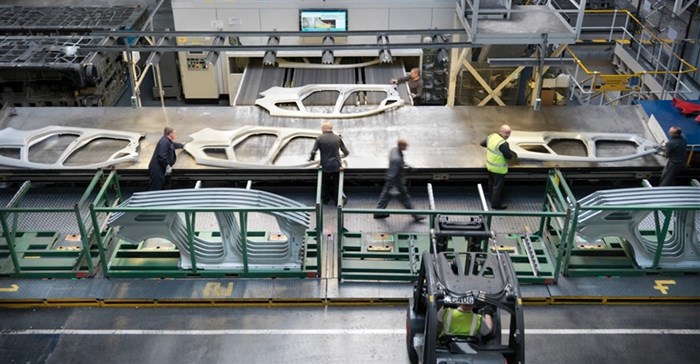
According to Zebra’s recently released Manufacturing Vision Study, nearly two-thirds of manufacturers are embracing smart technologies to achieve a fully connected factory by 2022. Despite this shift, only 43% of manufacturers embrace smart technologies today. For example, 62% use pen and paper to track vital manufacturing steps, putting companies at risk for error. Ultimately, this number is expected to drop to one in five by 2022.
The move toward smart technologies, sometimes referred to as the Industrial Internet of Things (IIoT), enables real-time visibility and decision making across the supply chain.
At the heart of IIoT is the way companies capture and share data. The ability to have data immediately available in the cloud offers unheard-of visibility that heightens operational performance. However, few manufacturers are harnessing the power of their data. Zebra’s study found only 27% are currently collecting data from production, supply chain and workers.

Having instant access to data is essential to making real-time adjustments that ensure that the production process operates smoothly. It gives suppliers the ability to react to the changing needs of their customers while also keeping less inventory on hand and eliminating points of failure. In fact, 50% of manufacturers stated that improving their ability to adjust to fluctuating market demands is one of their top business growth strategies.
In addition to data, the shift toward a more automated environment is also putting technologies like voice solutions and RFID at the forefront. According to Zebra’s study, 51% of manufacturers are planning to expand the use of voice technology in the next five years, while 60% will expand the use of real-time location tracking to drive greater visibility and growth across their operations.
The smart factory of the future will be here before we know it. Now is the time for manufacturers to start integrating visibility solutions into the plant floor to increase quality, expedite production and reduce costs.